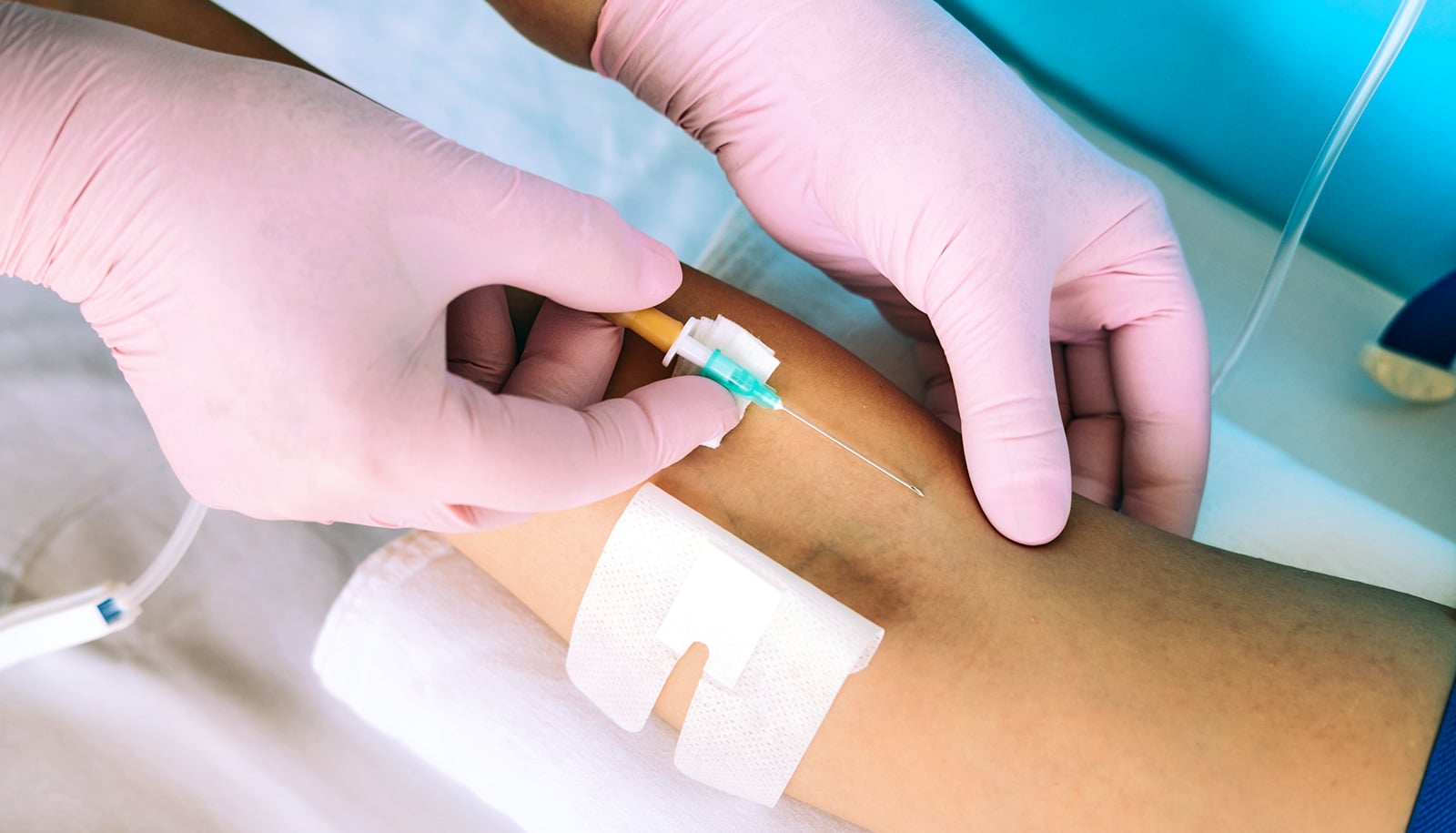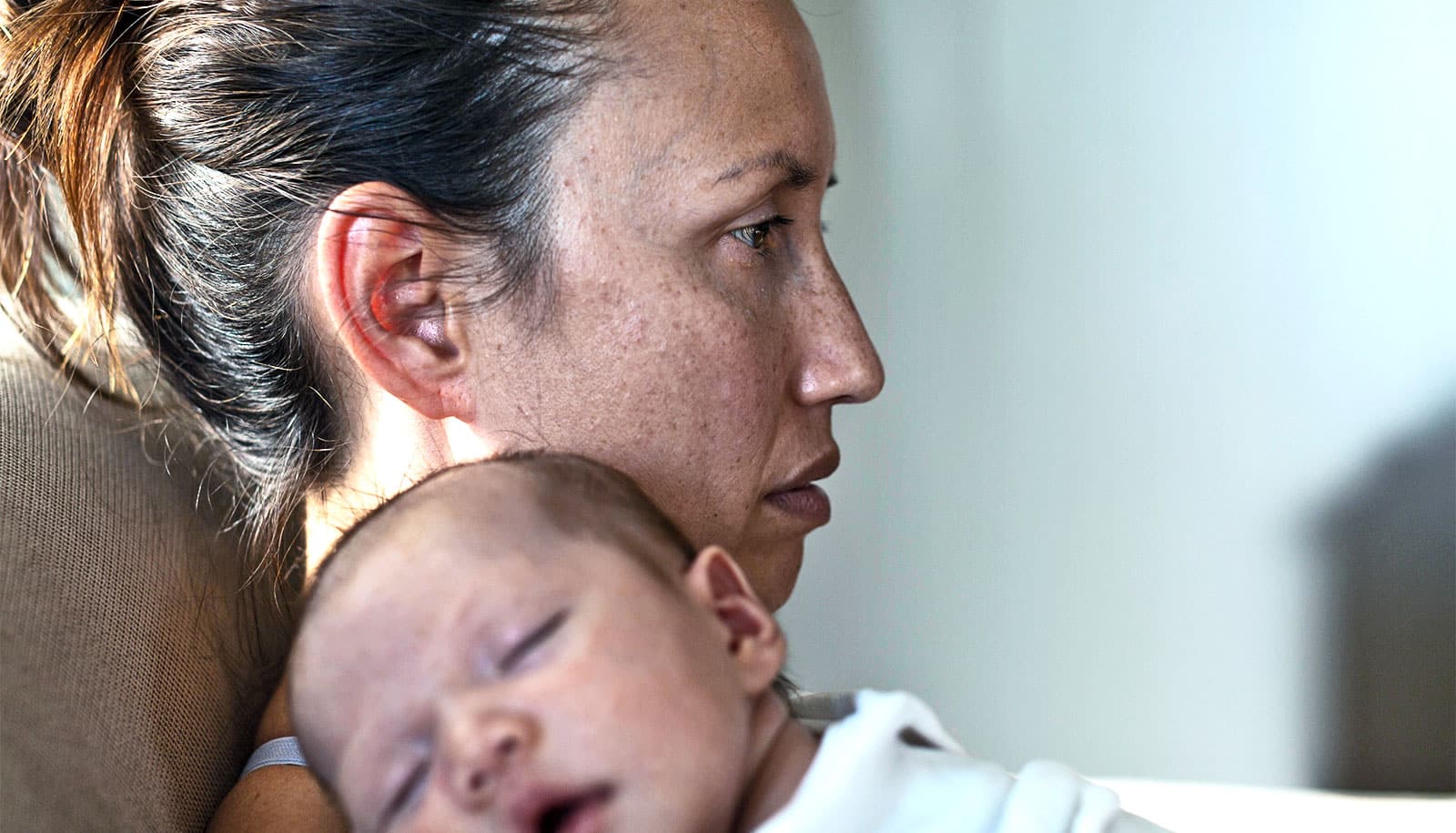Ketamine may give partial relief to veterans who have tried many depression treatments but still have severe symptoms, new research suggests.
Ketamine has gotten a lot of attention as a potential treatment for depression, but few studies have revealed how well it works in “real world” settings, especially in patients with complex mental health needs.
In the new study in the Journal of Clinical Psychiatry, nearly half of 215 veterans with treatment-resistant depression who received IV ketamine at Veterans Affairs hospitals saw a meaningful drop in depression scores by the end of six weeks of infusions.
About one-quarter responded so much that their depression score dropped by half in six weeks. And about 15% experienced so much improvement after six weeks that they were officially in remission.
Almost all the patients continued with infusions every few weeks for months, according to the analysis by a team at the University of Michigan and VA Ann Arbor Healthcare System.
This suggests that even those whose depression scores didn’t fall significantly may have felt other beneficial effects that kept them returning.
Before trying ketamine, veterans in the study had tried multiple depression treatments without success and scored at high levels on a depression symptom scale. Most also had other mental health conditions including post-traumatic stress disorder, anxiety, or a history of drug or alcohol use disorders.
‘It’s not a silver bullet’
The study could help guide protocols for the use of IV ketamine in VA hospitals and beyond, the researchers say. It provides much-needed data about the impacts of IV ketamine in current clinical use. The drug has received widespread attention for its potential to rapidly improve depression, but does not have major studies backing longer-term use.
Availability of IV ketamine treatment in VA hospitals nationwide is limited, though growing. Under the direction of a psychiatrist, hospital staff provide series of infusions to veterans who haven’t responded fully to multiple attempts of standard treatments like antidepressants or talk therapy.
“These findings ratchet down the hype about ketamine a bit, because we don’t see dramatic improvement after just one infusion, or strong response in most patients,” says Paul Pfeiffer, professor in the psychiatry department at the University of Michigan Medical School who treats patients at VAAAHS’s Mental Health Service, at the Lieutenant Colonel Charles S. Kettles VA Medical Center.
“It’s not a silver bullet. But when we see these patients in our clinic, who have been through every treatment available and nothing has worked, to have even a quarter achieve a significant measurable response is very good. We routinely get thanked for making a difference in their lives.”
Veterans after ketamine infusion
The researchers used data drawn from the VA’s national patient record system, which includes dates and locations of ketamine infusions, patients’ scores on standardized depression questionnaires, and details about patients’ diagnoses and other mental health care.
The veterans in the study started receiving ketamine infusions in 2019 or the first nine months of 2020, and the researchers analyzed data from the next 12 months after each one’s first infusion. On average, patients received 18 infusions over the course of months, starting with about two a week at the start and then gradually spacing further apart.
Though the veterans were treated at 19 different VA hospitals, only seven of those hospitals had more than 10 qualifying patients during this time, and two hospitals accounted for half the patients in the study.
The impact of IV ketamine is especially significant given that treatment-resistant depression was not the only mental health condition the veterans were grappling with, notes Avinash Hosanagar, clinical associate professor in the Michigan Medicine psychiatry department who also treats patients at VAAAHS’s Mental Health Service, at the Lieutenant Colonel Charles S. Kettles VA Medical Center.
In addition to depression that had resisted treatment, 70% also had a diagnosis of post-traumatic stress disorder (PTSD), 50% also had an anxiety disorder, 27% had a diagnosis of alcohol use disorder, and 27% had a substance use disorder diagnosis.
“The chronic nature of their conditions is not something ketamine will magically reverse, but when they do respond and feel better, and don’t have to wait as long to see an impact as they do with a traditional antidepressant, it instills a sense of hope,” he says.
The patients came to the VA ketamine clinics after trying many other forms of treatment, including dozens of outpatient mental health appointments in the past year. Most had tried to get relief from at least two different antidepressant medications in the last year and on average had taken six different antidepressants over the course of their lives.
About 1 in 5 of the veterans had been admitted to the hospital for psychiatric care in the past year, and slightly smaller percentages had received ECT or rTMS, which deliver electrical or magnetic pulses to targeted parts of the brain, respectively.
Although the researchers looked at whether any of these characteristics was associated with more or less chance of responding to IV ketamine, none was. The only predictor of response was having multiple infusions over multiple months.
Changing landscape for depression treatment
Before being seen as a potential depression treatment, ketamine has been used as an anesthetic since the first clinical trials at the University of Michigan in the 1960s showed it was safe and effective for that use. It is also a controlled substance requiring special oversight because it has been used illicitly.
The new study uses data from the time period just after the US Food and Drug Administration approved a patented nasal spray form of ketamine called esketamine. However, the researchers did not look at esketamine, which is being evaluated separately within the VA.
Hosanagar notes that the VAAAHS offers clinic-based esketamine treatment for patients who have responded to IV ketamine and require ongoing treatments to prevent recurrence, but that VAAAHS is one of the very few VA hospitals that offer both forms.
Starting with an IV regimen with multiple closely spaced treatments every two to three days, delivered in a hospital-based outpatient clinic, is advised for those with especially severe treatment resistant depression and other mental health concerns.
After a multi-infusion regimen, if symptoms return in the month between infusions, the nasal form which is FDA-approved may be a good option, he says. These treatments, along with rTMS and ECT, are available at VAAAHS for veterans with treatment resistant depression.
Because drugs and alcohol can interact in dangerous ways with ketamine, VAAAHS patients with a history of substance use issues must be in a stable recovery, and all patients take urine tests before every ketamine infusion to make sure they are abstaining from use.
The researchers now hope to analyze newer data from more patients that might allow them to compare outcomes from the treatment protocols used at different hospitals and look for risks and characteristics of patients who cease ketamine treatment early on.
“It’s important to remember that ketamine is relatively new as a treatment, and there are multiple ways it can be delivered,” says Pfeiffer. “I think we’re in for an interesting decade of a changing landscape for care of treatment resistant depression.”
Additional coauthors are from the University of Michigan; VAAAHS; and VA hospitals and academic medical centers in New Mexico, Massachusetts, California, Illinois, and Connecticut.
A Quality Enhancement Research Initiative grant from the Veterans Health Administration funded the work.
Source: University of Michigan



